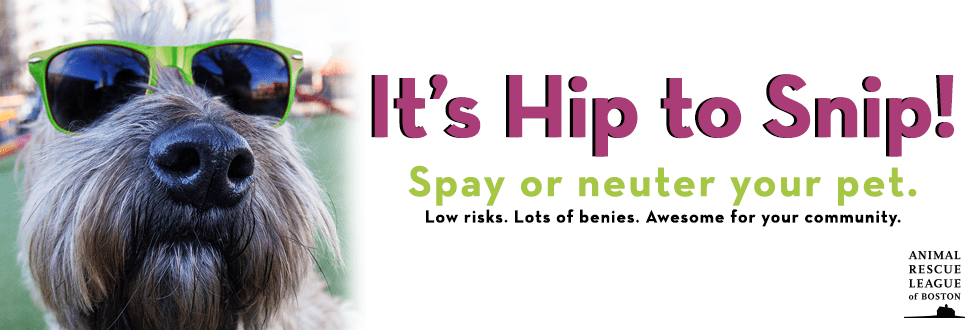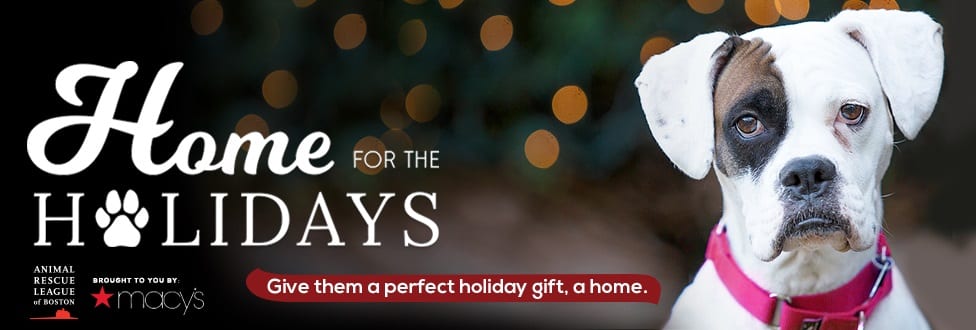Important Update from Mary Nee, ARL President
Dear friends,
I wanted to share some very sad news about Stitch, the young dog found starved and abandoned last week in Dedham.
As sometimes happens with cases of extreme malnutrition, Stitch was not responding well to re-feeding, a medically-guided process of providing nutrition after a period of deprivation. To ensure he had no underlying conditions that might be interfering with re-feeding efforts, the ARL ordered extensive diagnostic tests.

“Stitch closed out his short life with dignity, respect, and love — the way a dog should be treated.” Lt. Alan Borgal, director, ARL law enforcement team.
Late on Friday evening, the tests revealed that Stitch had a muscular condition affecting his ability to digest food and water called megaesophagus.
Several diseases can result in megaesophagus. An animal can also be born with a defect that produces it.
Unfortunately, the results of further testing ruled out the more treatable causes of this condition in Stitch.
When he was unable to take water on his own any longer on Saturday, Stitch’s weakened state and the severity of this condition brought us to the point where the most humane decision was to put him to sleep.
As Lt. Alan Borgal, director of the ARL’s law enforcement team said very eloquently, “Stitch closed out his short life with dignity, respect, and love — the way a dog should be treated.”
While we are heartbroken he came to us too late to save, we are grateful to have been there to surround him with kindness and caring in his final days.
Thank you to everyone who kept Stitch in their thoughts this past week and for your continued concern for animals in need.
— Mary
SEE SOMETHING, SAY SOMETHING
Stitch’s case is an on-going investigation. If you have any information, contact Dedham animal control at (781) 751-9106.

























